Sengupta, a postdoc in Martha Bagnall’s lab, earned third place for illuminating the connectivity of spinal interneurons in zebrafish.
Mohini Sengupta wins Mightex Research Excellence Award


Sengupta, a postdoc in Martha Bagnall’s lab, earned third place for illuminating the connectivity of spinal interneurons in zebrafish.
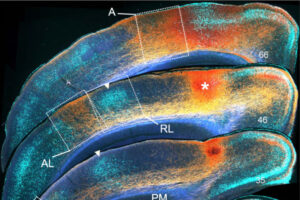
The Burkhalter lab finds that areas are embedded within a hierarchical network in which image fragments from the retina are sent through bottom-up pathways to extract percepts, and top-down pathways from higher to lower areas provide prior knowledge for interpreting the visual scene.
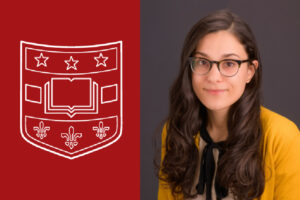
Prufrock studies the anatomy of the chewing system in mammals and is regarded for her excellence in teaching.

Bauernfeind, an associate professor in the Department of Neuroscience, is the first to hold the position for the department.
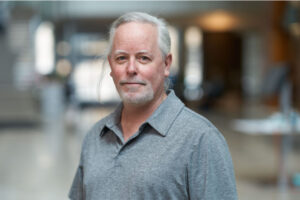
Paul Shaw’s lab demonstrates that sleep induction in fruit flies otherwise unable to perform learning and memory tasks rescues their behavioral performance.
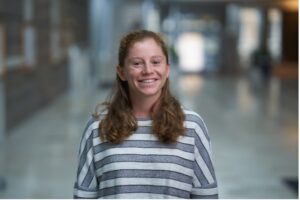
The MSTP student brings her background in systems neuroscience to the cutting-edge molecular biology expertise of Yao Chen’s laboratory.

Monosov lab demonstrates that neurons in the zona incerta are responsible for the motivation to seek novelty.

Morhardt, assistant professor in the Department of Neuroscience, brings a passion for comparative neuroanatomy and public outreach to teaching medical students.
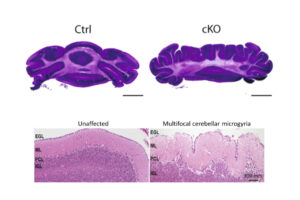
The researchers find that loss of the CHD7 protein in mice lead to changes in gene regulation and abnormal brain folds, indicating possible mechanisms for the rare neurodevelopmental disorder.
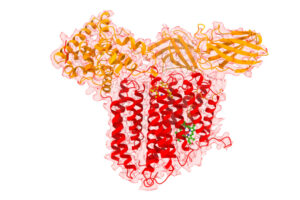
Researchers including James Fitzpatrick and Michael Rau of WUCCI and the Department of Neuroscience describe the structure and function of a heme transport and assembly machine called CcsBA.